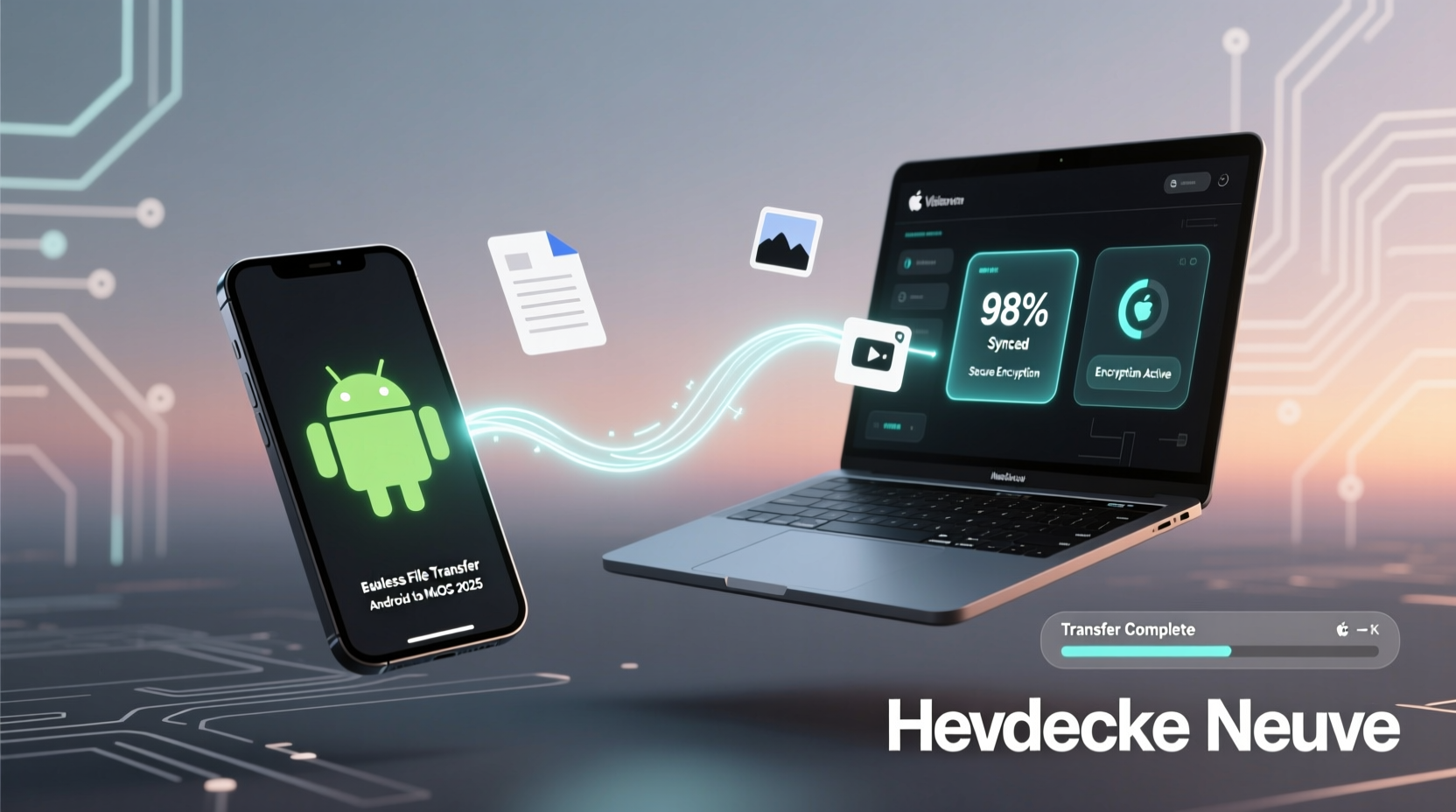Comprehensive Guide to Transferring Files between Android and MacOS
In the modern digital landscape, it's common to use multiple operating systems in your daily routine. Whether it's Linux, MacOS, Android, or ChromeOS, each platform has its strengths and limitations. One common issue faced by users juggling between these OSes is the need to seamlessly transfer files. This article provides in-depth options for transferring files specifically between Android and MacOS, which can sometimes present unique challenges.
Understanding the Challenges
Unlike other combinations of operating systems, transferring files between Android and MacOS isn't inherently straightforward. This hurdle arises from different file management systems and communication protocols. However, with the right tools and methods, this task can be executed efficiently.
Requirements
To successfully transfer files, you will need the following:
- An Android smartphone or tablet.
- A MacOS device, either MacBook or iMac.
- A USB-C cable compatible with both devices.
Method One: Utilizing Android File Transfer
Android File Transfer is a lightweight application that can be used to move files between Android and MacOS efficiently.
-
Downloading the Application
Open your preferred web browser on your MacOS device and download the "Android File Transfer" application. Once downloaded, open the package to begin installation. -
Installing the Application
Simply drag the "Android File Transfer" icon to the Applications folder to install it. Once this is done, the app is ready to be used. -
Connecting Your Devices
Use the USB-C cable to connect your Android device to the Mac. On your Android, you might see a notification saying "Charging this device via USB." Tap it and select "File transfer / Android Auto." On your Mac, if promoted, choose "Allow" to enable the connection. -
Transfer Files
With the app open, you will see your Android's directory structure. To transfer files, open a Finder window and drag files between the Finder and the Android File Transfer interface.
It's worth noting that sometimes repeated usage might require restarting your MacOS to reset the connection.
Method Two: Using MacDroid
MacDroid presents another compelling solution, with the added advantage of offering multiple connection methods.
-
Installing MacDroid
Search for MacDroid in the Apple App Store, click "Get" to download, and install the application. Enter your user credentials if required. -
Launching and Setting Up
Start MacDroid from Launchpad. You will be guided through a setup wizard that explains its features. Enable the MacDroid extension as prompted. -
Device Connection Options
Upon opening MacDroid, select your preferred connection type: Wi-Fi, ADB, or MTP. To use MTP (USB), connect your Android device, permit access when requested on both your MacOS and Android devices. -
Handling Problems with Connection
If issues arise, enable USB Debugging by activating Developer Options on your Android device. Navigate to Settings > About Phone and tap the Build Number seven times. Then enable USB Debugging in Settings > System > Developer Options.
| Feature | Android File Transfer | MacDroid |
|---|---|---|
| Installation | Direct drag-and-drop installation | App Store download with extension setup |
| Connection | USB only | USB, Wi-Fi, ADB |
| Functionality Limitations | MacOS to Android transfer if restarting issue arises | File transfer direction limited by plan and debugging |
Conclusion
While both Android File Transfer and MacDroid offer effective means of transferring files between Android and MacOS, their functionalities and user experiences can vary. Each tool has its unique strengths, making them more suited to different user preferences and technical needs. By evaluating their functionalities and limitations, you can choose the method best aligned with your workflow, ensuring a smooth file transfer process.
Additional Resources
For users needing more control and functionality, exploring third-party applications beyond these two options might be advisable. Moreover, considering cloud-based solutions like Google Drive can provide additional flexibility, albeit with potential privacy trade-offs.











 浙公网安备
33010002000092号
浙公网安备
33010002000092号 浙B2-20120091-4
浙B2-20120091-4